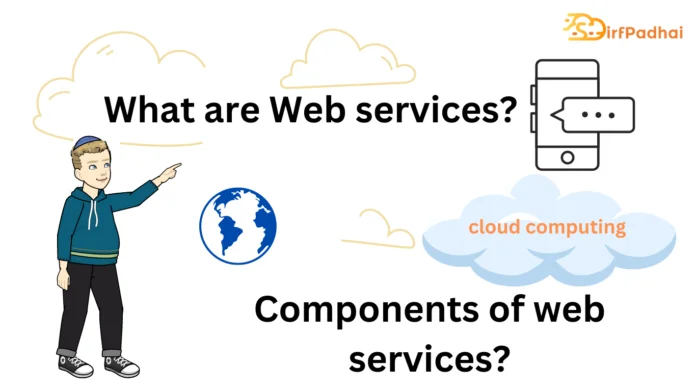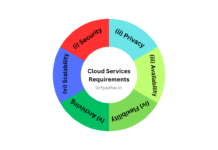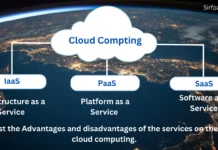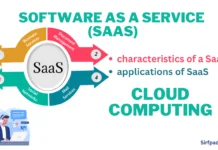What are Web services?
A Web service is a software component that is independent of the implementation and platform. It is a standardized way of integrating Web-based applications using the XML, SOAP, WSDL, and UDDI open standards over an Internet protocol and it is the hottest buzz-word in computing today. Prior to Web services, interoperability, and integration were major hurdles in application development. Limited integration and interoperability took place amidst numerous technologies, vendors, obstacles, and formats that prevented sharing of data. Then Web services technology came along and changed all that. Web services are a technology for transmitting data over the Internet and allowing programmatic access to that data using standard Internet protocols. It is this programmatic interface that allows two applications to be integrated.
The important part of Web services is that it allows a developer to include various functionalities into a program without the need to “reinventing the wheel” and without needing to know anything about the business logic or complexity of the Web service being used. Web services today are frequently just application programming interfaces (API) or Web APIs that can be accessed over a network, such as the Internet, and executed on a remote system hosted by the required services. Web services implementation typically consists of two stages-service publish and service consume. In addition, for big Web services, there is a third stage – service discovery.
Web services can be classified into two classes, SOAP Web services (arbitrary Web services) and Restful Web services.
What are the components of Web service?
There are following three major components of Web service –
(i) SOAP-
The simple object access protocol (SOAP) is based on XML. SOAP is an intermediate language so that the applications written in different languages can talk with each other. That means SOAP is language-independent. SOAP is also platform-independent. SOAP messages can be carried by a variety of network protocols; such as HTTP, SMTP, FTP, RMI/IIOP, or a proprietary messaging protocol. But the simplest way is to use HTTP. SOAP is a lightweight protocol that is used for data interchange between applications, SOAP is based on XML and XML is lightweight so SOAP is also lightweight.
(ii) UDDI –
The universal description, discovery, and integration (UDDI) is an XML-based framework for describing, discovering, and integrating Web services. UDDI is a directory of Web service interfaces described by WSDL, containing information about Web services.
(iii) WSDL –
The Web service description language (WSDL) provides a model and a standard in XML format for describing the functionalities of the Web services. WSDL describes the Web services interface and provides users with a point of contact where the service resides, what the service can do, and how to invoke it. The description also includes details like data type definitions, the operations supported by the service, input/output message formats, network address, and protocol binding.








